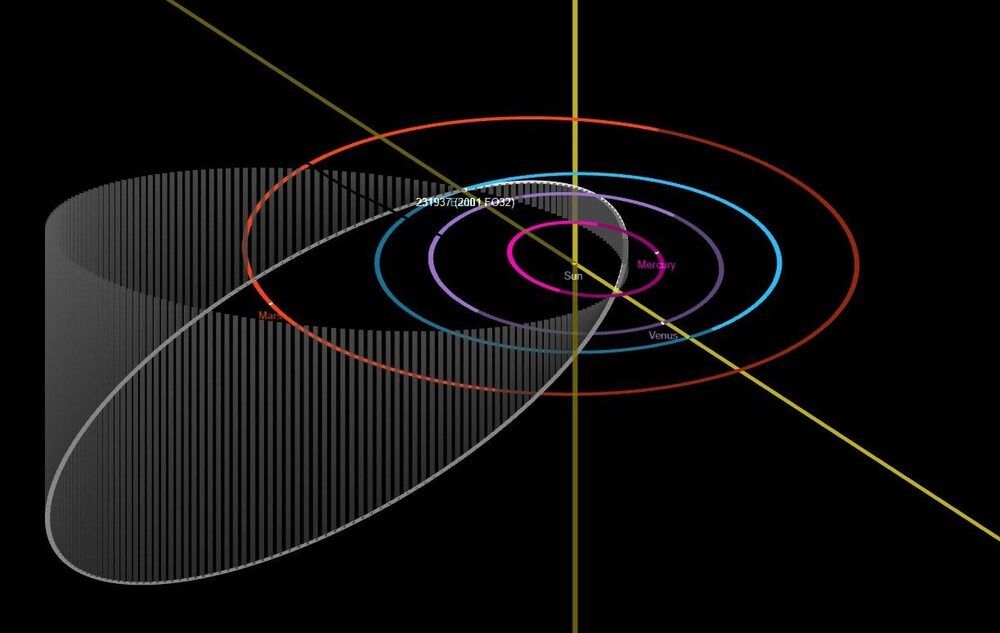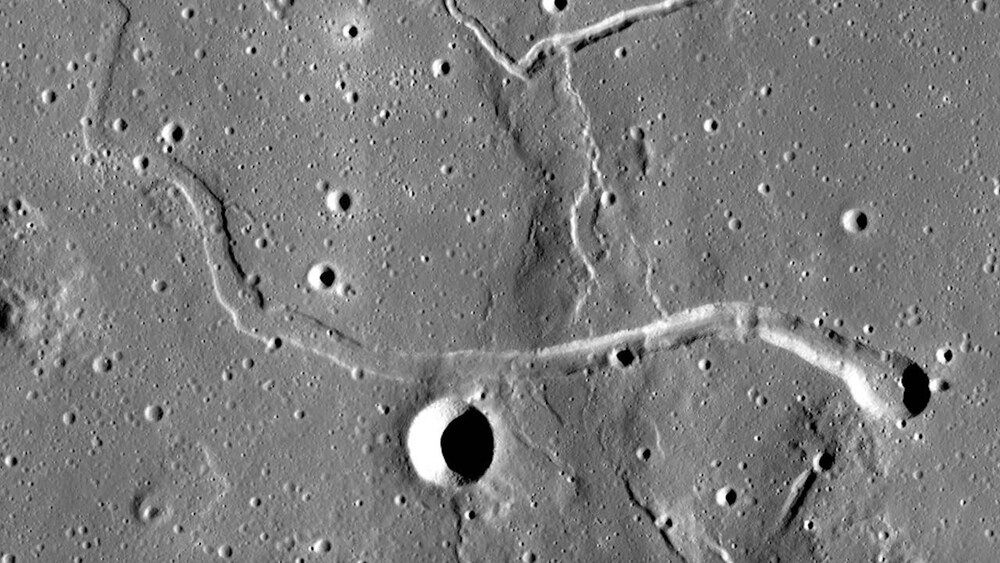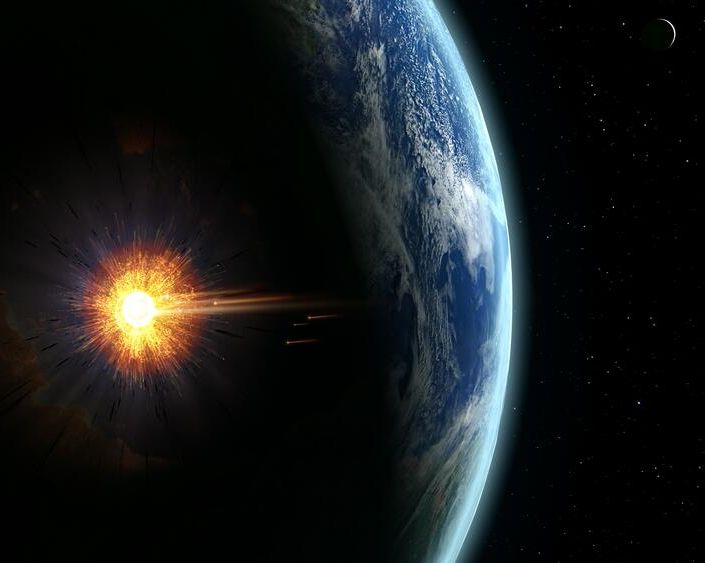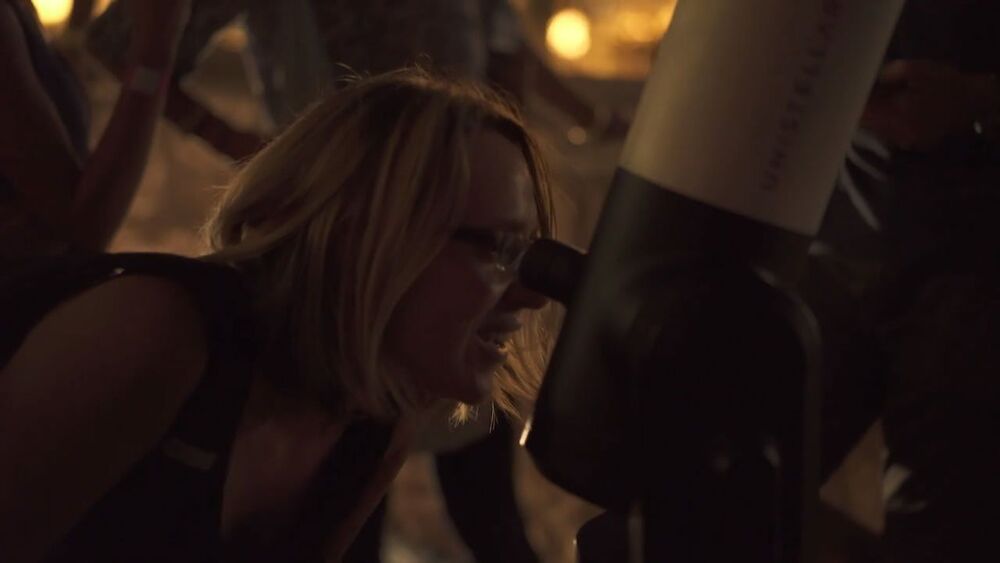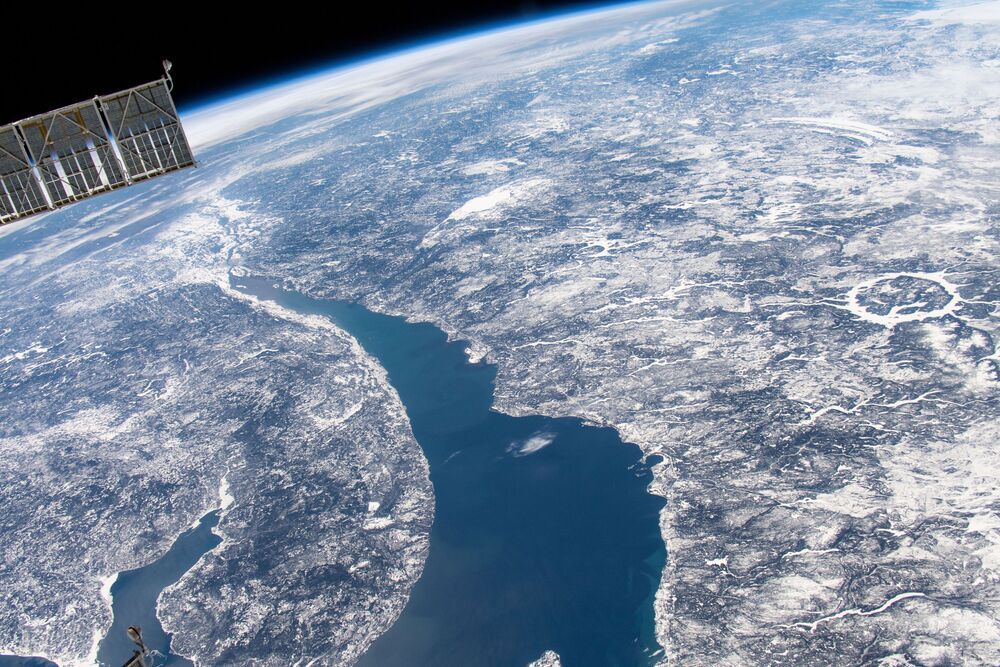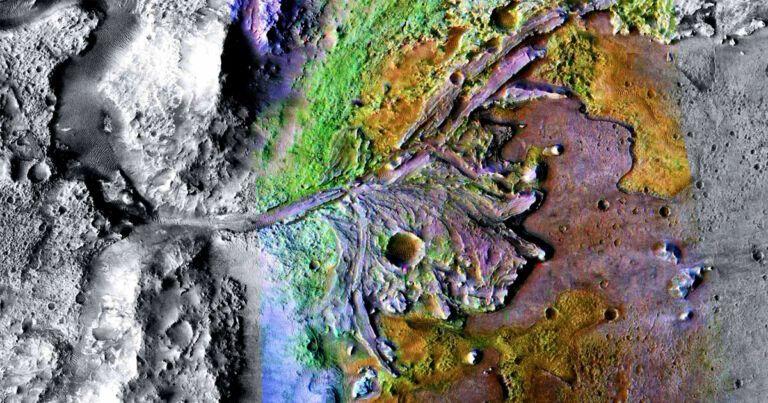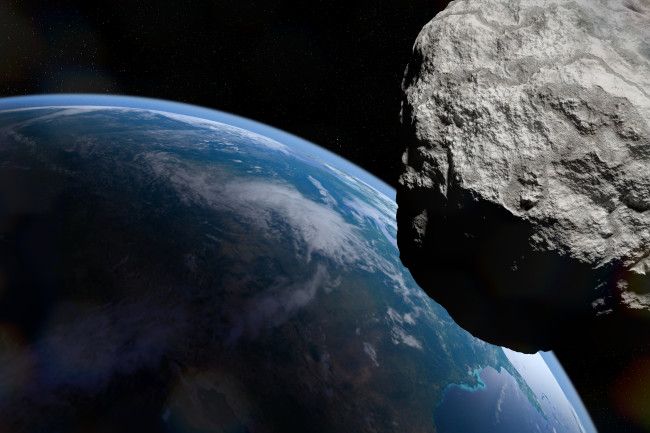Mar 15, 2021
NASA’s Planetary Defense: “Potentially Hazardous Asteroid” Predicted to Safely Pass by Earth on March 21
Posted by Quinn Sena in categories: asteroid/comet impacts, existential risks
The interplanetary interloper won’t come closer than 1.25 million miles to Earth, but it will present a valuable scientific opportunity for astronomers.
The largest asteroid predicted to pass by our planet in 2021 will be at its closest on March 21, providing astronomers a rare opportunity to get a good look at a rocky relic that formed at the dawn of our solar system.
Called 2001 FO32, the near-Earth asteroid will make its closest approach at a distance of about 1.25 million miles (2 million kilometers) – or 5 1/4 times the distance from Earth to the Moon. There is no threat of a collision with our planet now or for centuries to come.
